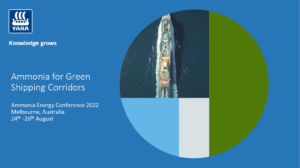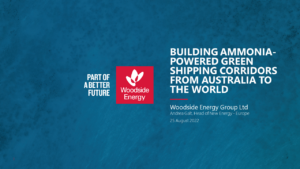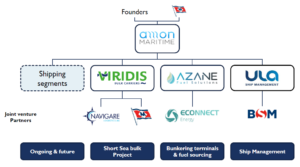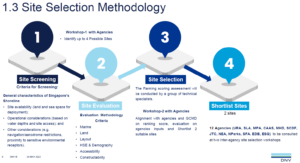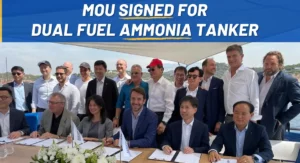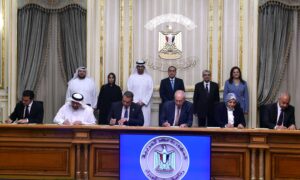Singapore: investments, a green corridor partnership and a new bunkering vessel project
Singapore’s sovereign wealth fund GIC and UK-based Carlyle will both invest in the development of Eneus Energy’s renewable ammonia project pipeline, with plants in the US and UK planned. The Maritime & Port Authority Singapore and Port of Rotterdam have agreed to establish a green maritime corridor by 2027. The agreement will help accelerate the deployment of alternative maritime fuels like ammonia on the critical shipping route, which links two of the world’s largest bunkering ports. And a trio of organisations - PaxOcean Engineering, Hong Lam Marine and Bureau Veritas will jointly develop an ammonia bunkering vessel design.

